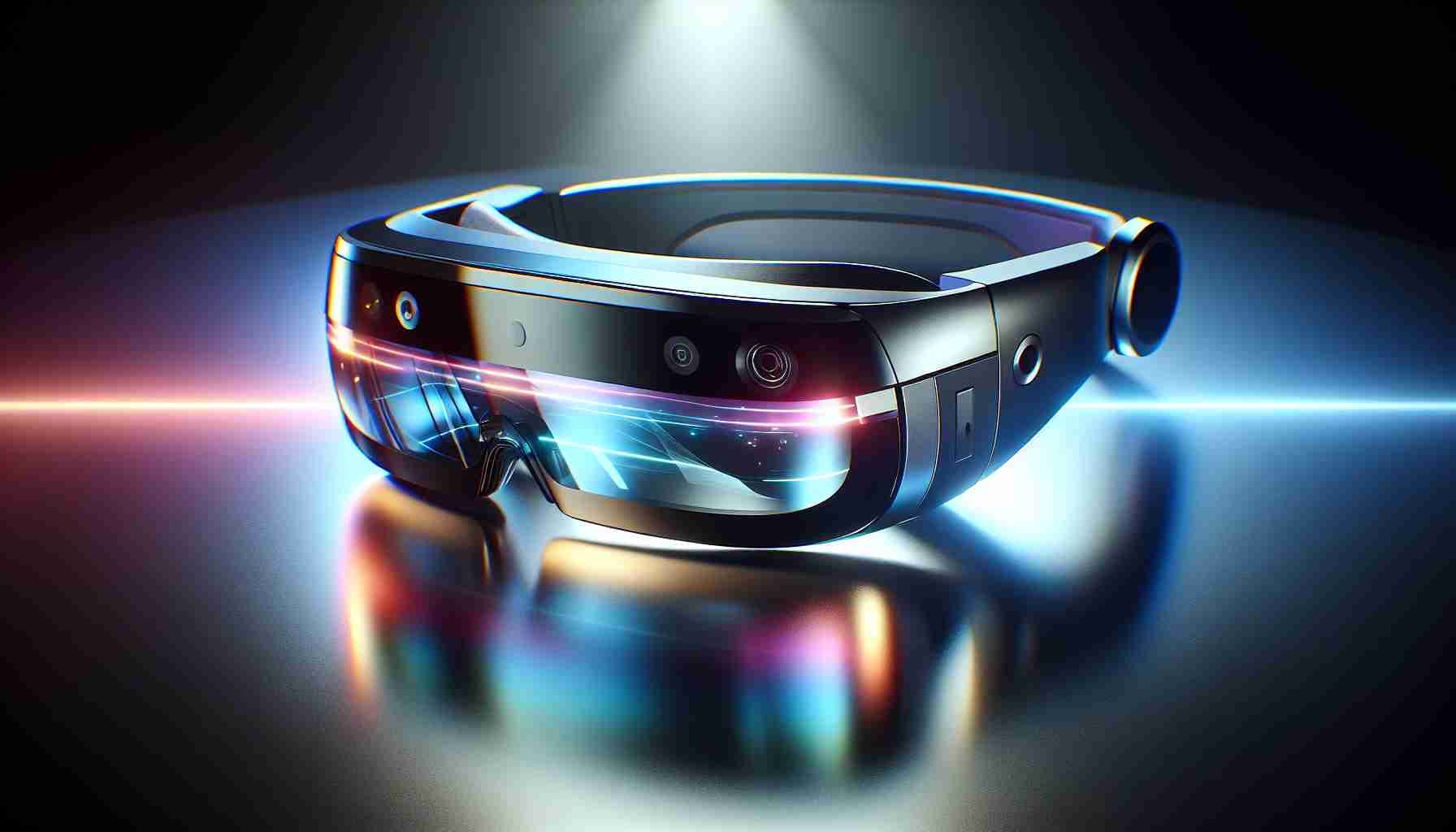Microsoft has surprised the tech world by pivoting back to mixed reality glasses, a sector many believed they had abandoned. Departing from previous plans surrounding the Metaverse, the tech giant is now set on transforming these glasses into a device focused on multimedia content, positioning them as a direct competitor to Apple’s Vision Pro.
Several years ago, Microsoft introduced HoloLens, initially designed for professional use but eventually finding unexpected utility. The US military ordered tens of thousands of HoloLens glasses for training and operational enhancements, despite early issues with dizziness and nausea among users.
In a bold move, Microsoft recently placed an order with Samsung for micro-OLED displays for their upcoming mixed reality glasses. This comes after a significant workforce reduction of 10,000 employees in the Mixed Reality division, signaling a shift away from the Metaverse and products like HoloLens.
The new Microsoft glasses, codenamed “Williams Bay,” are a strategic attempt to capture a larger market share dominated by Meta Quest, Oculus, and Valve Index. Designed for movie watching, series viewing, and gaming, these glasses will leverage cloud-based Windows applications, potentially incorporating Google’s Android XR platform for wider app compatibility.
Unlike the older HoloLens 2, which relied on outdated UWP applications, the “Williams Bay” glasses will offer a 3D desktop experience for enhanced immersion and realism akin to Apple Vision Pro. Microsoft’s reentry into the mixed reality glasses arena signifies a determined effort to innovate and compete in a rapidly evolving tech landscape.
Microsoft has shifted its focus towards new mixed reality glasses, signaling a strategic redirection in its tech offerings. While the previous article highlighted Microsoft’s pivot towards multimedia content with the upcoming glasses, several key questions emerge regarding this move:
1. What innovations are the new mixed reality glasses expected to bring to the market?
The new Microsoft glasses, codenamed “Williams Bay,” are anticipated to offer advanced features such as a 3D desktop experience for a more immersive user interaction.
2. How does Microsoft’s shift towards mixed reality glasses impact its competition with industry players like Meta Quest and Oculus?
Microsoft’s reentry into the mixed reality glasses market is poised to introduce a fresh challenge to competitors, aiming to carve out a significant market share in the rapidly expanding sector.
3. What challenges or controversies are associated with this strategic shift in focus?
One major challenge facing Microsoft is overcoming the stigma associated with past issues like dizziness and nausea experienced by users of earlier mixed reality devices, ensuring a smoother user experience this time around.
Advantages of Microsoft’s renewed focus on mixed reality glasses include enhanced multimedia capabilities, potential compatibility with popular platforms like Google’s Android XR, and leveraging cloud-based applications for seamless user experience. Furthermore, the use of micro-OLED displays from Samsung signifies a commitment to cutting-edge display technology, promising superior visual quality.
However, some disadvantages may arise from the competitive landscape dominated by established brands like Meta and Oculus, necessitating a robust marketing strategy to gain a foothold in the market. Additionally, the shift away from the Metaverse and previous products like HoloLens poses potential risks in terms of consumer perception and brand loyalty.
For more insights on Microsoft’s tech endeavors, you can visit their official website at Microsoft. Stay tuned for updates on the evolution of mixed reality glasses and their impact on the tech industry.
